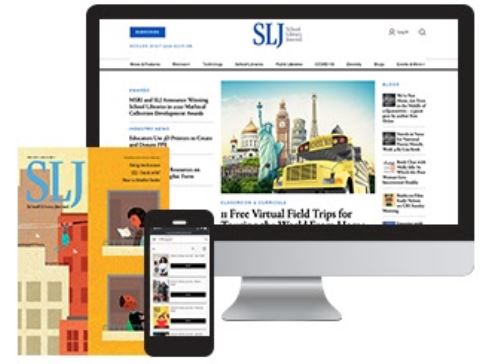Gr 2–4—Magby introduces three types of common marine invertebrates on a series of spreads. In each one, two or three short paragraphs of text describe the animals' major physical and behavioral characteristics, senses, habitats, diets, feeding methods, reproduction, and natural enemies. A clear color photo of one or more of the animals, many of which are close-ups, accompanies the text on almost every page, along with extended captions offering additional information on characteristics. Most of the texts are clearly written, with some exceptions. For instance, Lobsters states, "All lobsters have 10 legs. Clawed lobsters have one pair of claws and four pairs of walking legs." It is not clear that the front appendages with claws are the fifth pair of legs. Sea Anemones states that all of these invertebrates are "carnivores," but one photo depicts, and the caption describes, a strawberry anemone feeding on a piece of kelp, an unexplained contradiction. A caption under a clown fish photo states that "their bodies are covered with a soft thing called mucus," a definition too vague to be useful. Beth Blaxland's Crabs, Crayfishes, and Their Relatives(Chelsea House, 2002), on a slightly higher reading level, includes lobsters and offers similar information on crustaceans in a more precisely written text. Of the three books, Sea Urchins has the most lucid text and will be a useful resource for reports.—Karey Wehner, formerly at San Francisco Public Library





Be the first reader to comment.
Comment Policy:
Comment should not be empty !!!